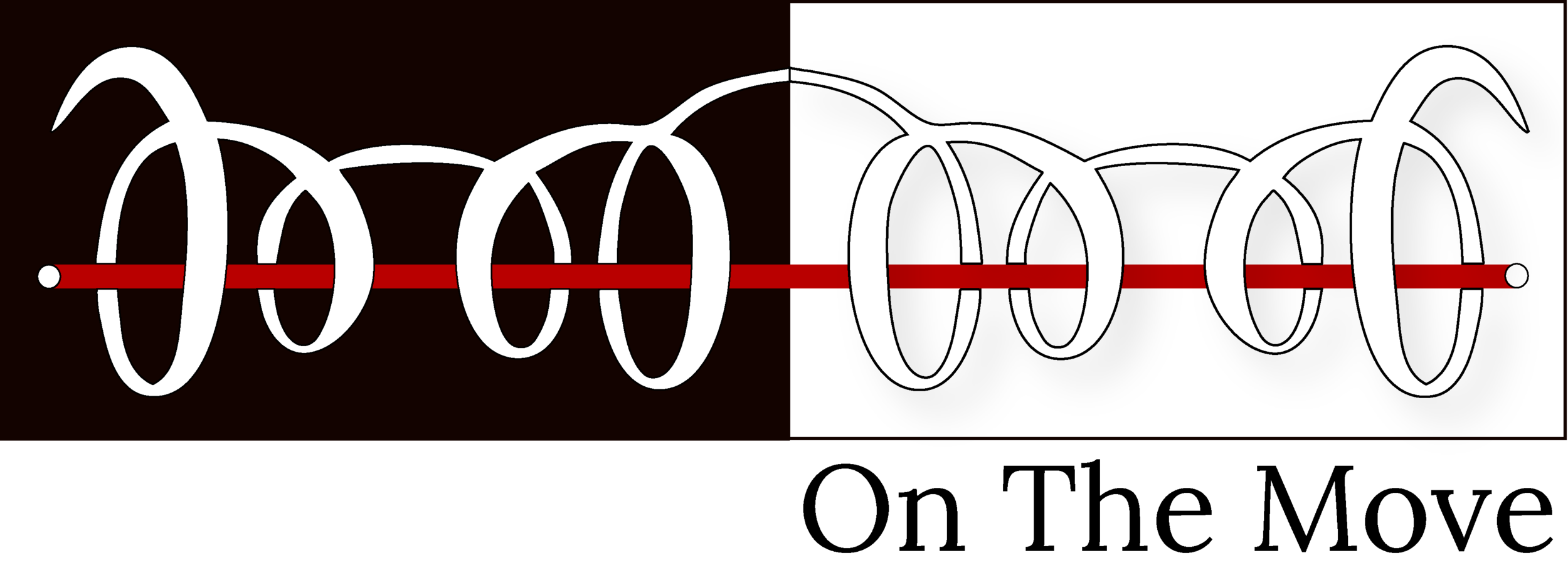Distributed leadership is a framework for understanding how the work of leadership is shared within complex organizations. Building on our Performing Arts Program’s interest in generational change with the nonprofit arts sector, the Hewlett Foundation commissioned Open Mind Consulting and Informing Change to develop a set of case studies examining how some nonprofit organizations are incorporating distributed leadership into their organizational structure and practices. Open Mind Consulting then coordinated a day of conversation among some of the subjects of the case studies, which resulted in the videos below, produced by BAYCAT Studios.
This series of case studies is focused on decision making where distributed leadership appears in the ways groups and teams make decisions together. For all organizations, regardless of whether or how leadership is distributed, individuals play different roles in making decisions and therefore, exhibit different amounts of leadership.
The authors of the case studies define distributed leadership along a spectrum, with a sole individual making all decisions—high-stakes or not—at the least distributed end, using information that is exclusive to them (i.e., leadership is singular). This person, in turn, bears complete responsibility for those decisions.
At the most distributed end, many people at an organization have a voice in making decisions, including those that are high stakes. Just as these people have access to information that enables them to effectively contribute to these decisions, they also share responsibility for their decisions’ ripple effects. Knitting a fully distributed organization together requires a culture of transparency and ongoing feedback, in which information-sharing and mutual trust enable individuals to truly share responsibility for their decisions.
This framework for examining distributed leadership emerged from in-depth conversations with staff at seven organizations, each located at different places on the distributed leadership spectrum. Some are just beginning to open up decision-making processes to more staff, while others are building on long-held, founding principles of distributing responsibility and leadership. Whether they are experimenting with these processes or have completely codified them, the organizations we studied pursue distributed leadership to some degree because of the promise it holds: distributing leadership has the potential to create a more meaningful, productive organizational culture based on trusting relationships among staff. Not only that, organizations that distribute leadership do so to make smarter, more informed decisions that benefit them and their communities.
The Hewlett Foundation is grateful to the staff of the seven organizations who participated in these case studies: Cal Shakes, the Denver Center for the Performing Arts, Destiny Arts Center, Orpheus Chamber Orchestra, On the Move, Terrain, and Thousand Currents, and to Dr. Sonia Bassheva Mañon, who facilitated the day of conversation.
